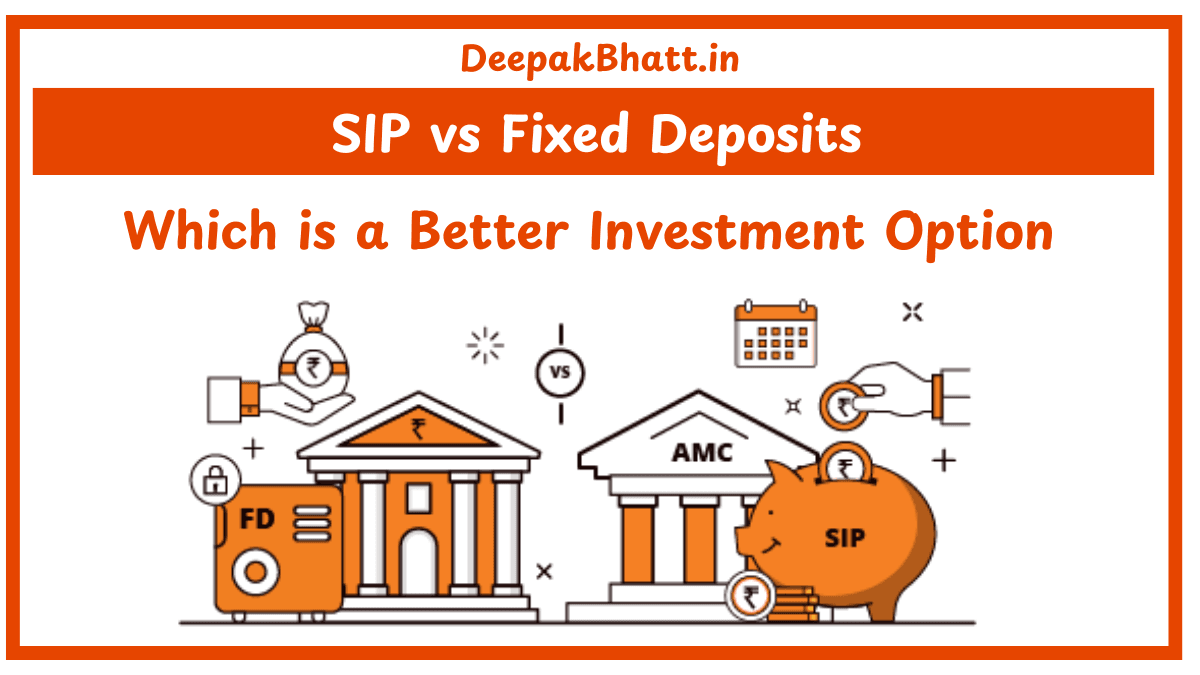What is Portfolio : A portfolio is a collection of financial assets owned by an individual, institution, or investment fund.
These assets, which can include stocks, bonds, real estate, and other investment instruments, are strategically selected and managed to achieve specific financial goals.
A well-constructed portfolio is akin to a carefully curated ensemble, each asset playing a unique role in the overall performance.
Basics of Personal Finance: Getting Started
A Personal Finance Guide Tutorials for Free
- 1 Components of a Portfolio – What is Portfolio?
- 1.1 1. Stocks: Ownership in Companies
- 1.2 2. Bonds: Fixed-Income Instruments
- 1.3 3. Real Estate: Tangible Assets
- 1.4 4. Cash and Equivalents: Liquidity and Stability
- 1.5 5. Mutual Funds and ETFs: Diversification
- 1.6 6. Alternative Investments: Diversification Beyond Traditional Assets
- 1.7 The Significance of Portfolio Management
- 1.8 1. Risk Management: Balancing Act
- 1.9 2. Return Optimization: Maximizing Gains
- 1.10 3. Asset Allocation: The Foundation of Portfolio Strategy
- 1.11 4. Rebalancing: Adapting to Market Changes
- 1.12 5. Strategic vs. Tactical Allocation: Long-Term vs. Short-Term Views
- 1.13 Popular Portfolio Strategies
- 1.14 1. Buy and Hold: Patience as a Virtue
- 1.15 2. Value Investing: Seeking Undervalued Assets
- 1.16 3. Growth Investing: Capitalizing on Potential Upside
- 1.17 4. Income Investing: Prioritizing Yield
- 1.18 5. Dollar-Cost Averaging: Consistent Investment
- 1.19 Challenges and Considerations in Portfolio Management
- 1.20 1. Market Volatility: Navigating Uncertain Waters
- 1.21 2. Diversification Pitfalls: Overcoming Correlation Risks
- 1.22 3. Behavioral Biases: Emotions in Investing
- 1.23 4. Interest Rate Environment: Impact on Fixed-Income Investments
- 1.24 Future Trends in Portfolio Management
- 1.25 1. Robo-Advisors: Technology-Driven Portfolio Management
- 1.26 2. Environmental, Social, and Governance (ESG) Integration: Sustainable Investing
- 1.27 3. Cryptocurrency and Digital Assets: Emerging Portfolio Components
Components of a Portfolio – What is Portfolio?
1. Stocks: Ownership in Companies
Stocks represent ownership in a company and can provide capital appreciation through the appreciation of the company’s value and potential dividend income.
2. Bonds: Fixed-Income Instruments
Bonds are debt securities where investors lend money to an issuer (government or corporation) in exchange for periodic interest payments and the return of principal at maturity.
3. Real Estate: Tangible Assets
Real estate investments involve owning physical properties, such as residential or commercial real estate, with the potential for rental income and property appreciation.
4. Cash and Equivalents: Liquidity and Stability
Cash and cash equivalents, including money market funds, provide liquidity and stability to a portfolio. They act as a cushion during market downturns.
5. Mutual Funds and ETFs: Diversification
Mutual funds and exchange-traded funds (ETFs) pool money from multiple investors to invest in a diversified portfolio of stocks, bonds, or other assets. They offer diversification and professional management.
6. Alternative Investments: Diversification Beyond Traditional Assets
Alternative investments, such as hedge funds, private equity, and commodities, offer diversification beyond traditional stocks and bonds, potentially enhancing risk-adjusted returns.
What is Market Capitalization?
The Significance of Portfolio Management
1. Risk Management: Balancing Act
Portfolio management is a strategic balancing act aimed at optimizing returns while managing risk. Diversification across different asset classes helps mitigate the impact of poor-performing assets.
2. Return Optimization: Maximizing Gains
Through careful selection and allocation of assets, portfolio management aims to maximize returns based on the investor’s risk tolerance, time horizon, and financial goals.
3. Asset Allocation: The Foundation of Portfolio Strategy
Asset allocation, determining the mix of assets in a portfolio, is a fundamental aspect of portfolio management. It involves weighing the risk and return characteristics of each asset class.
4. Rebalancing: Adapting to Market Changes
Markets are dynamic, and asset values can fluctuate. Rebalancing involves periodically adjusting the portfolio to maintain the desired asset allocation, ensuring alignment with the investor’s objectives.
5. Strategic vs. Tactical Allocation: Long-Term vs. Short-Term Views
Portfolio management strategies can be classified as strategic or tactical. Strategic allocation focuses on long-term goals, while tactical allocation involves short-term adjustments based on market conditions.
Popular Portfolio Strategies
1. Buy and Hold: Patience as a Virtue
The buy-and-hold strategy involves selecting quality assets and holding them for the long term, irrespective of short-term market fluctuations. It relies on the belief in the overall growth of the market.
2. Value Investing: Seeking Undervalued Assets
Value investors seek stocks or assets that they believe are undervalued by the market. The goal is to buy these assets at a discount and benefit from their potential appreciation.
3. Growth Investing: Capitalizing on Potential Upside
Growth investors focus on stocks or assets with the potential for above-average growth. This strategy often involves investing in companies expected to experience rapid earnings or revenue expansion.
4. Income Investing: Prioritizing Yield
Income investors prioritize assets that generate regular income, such as dividend-paying stocks or interest-bearing bonds. This strategy aims to provide a steady stream of cash flow.
5. Dollar-Cost Averaging: Consistent Investment
Dollar-cost averaging involves consistently investing a fixed amount of money at regular intervals, regardless of market conditions. This strategy aims to reduce the impact of market volatility on overall investment performance.
Challenges and Considerations in Portfolio Management
Market volatility is inherent, and it can pose challenges to portfolio management. Investors must stay disciplined and avoid making impulsive decisions during periods of market turbulence.
2. Diversification Pitfalls: Overcoming Correlation Risks
Diversification is a key tenet of portfolio management, but over-reliance on traditional measures may lead to correlation risks, where assets move in tandem during market downturns.
3. Behavioral Biases: Emotions in Investing
Investors are susceptible to behavioral biases, such as fear and greed, which can impact decision-making. Successful portfolio management requires overcoming these biases and staying focused on long-term goals.
4. Interest Rate Environment: Impact on Fixed-Income Investments
Changes in interest rates can affect the performance of fixed-income investments. Rising rates may lead to declining bond values, impacting the overall portfolio.
Future Trends in Portfolio Management
1. Robo-Advisors: Technology-Driven Portfolio Management
The rise of robo-advisors, powered by artificial intelligence and algorithms, is transforming portfolio management. These automated platforms offer cost-effective and algorithm-driven investment strategies.
2. Environmental, Social, and Governance (ESG) Integration: Sustainable Investing
ESG considerations are gaining prominence in portfolio management. Investors are increasingly integrating environmental, social, and governance factors into their decision-making processes.
3. Cryptocurrency and Digital Assets: Emerging Portfolio Components
The growing acceptance of cryptocurrencies and digital assets is introducing new components to portfolios. Investors are exploring the potential role of digital assets in diversification and risk management.

















